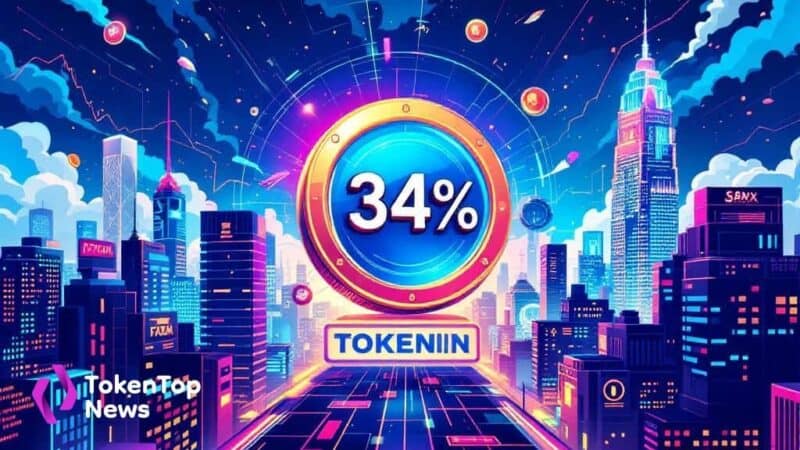South Korea’s KOSPI Index Surges Past 4,000 Milestone
- South Korea’s KOSPI Index exceeds 4,000 for the first time.
- Driven by government policies and semiconductor demand.
- Global liquidity influences market dynamics positively.
The KOSPI Index in South Korea rose by 2.57%, closing at 4,042.83, marking a historic first breach of the 4,000 level, fueled by government policies and semiconductor demand.
This surge highlights increased global liquidity and shifts in investment strategies, influencing broader market sentiment.
South Korea’s KOSPI Index has risen above 4,000, a historic milestone fueled by modernization policies and strong semiconductor demand. Japanese markets, like the Nikkei 225, also experienced gains though less significant compared to KOSPI.
President Lee Jae-myung spearheaded policies redirecting capital flows from real estate to stock markets. This boost coincided with the rally of South Korean semiconductor stocks, influenced by AI demand and global market liquidity.
The surge in the KOSPI Index reflects increased institutional investment, with foreign investors purchasing trillions in equities. This brings greater attention to South Korean markets as a robust investment hotspot in Asia.
A shift in capital is observed, with policies encouraging equity investments over real estate. Financial implications are significant, showing increased confidence in market growth, while altering investment strategies across sectors.
“The opening of the KOSPI 4000 era is a symbolic event showing that the domestic market, once ridiculed, has finally escaped undervaluation. It will be the starting point of a money move from real estate to the stock market.” – Kang Dae-gwon, CEO, Life Asset Management
Analysts highlight upcoming global events as critical to market direction. These include trade negotiations and summits which may shape future foreign capital inflows, impacting both market stability and investor decisions.




